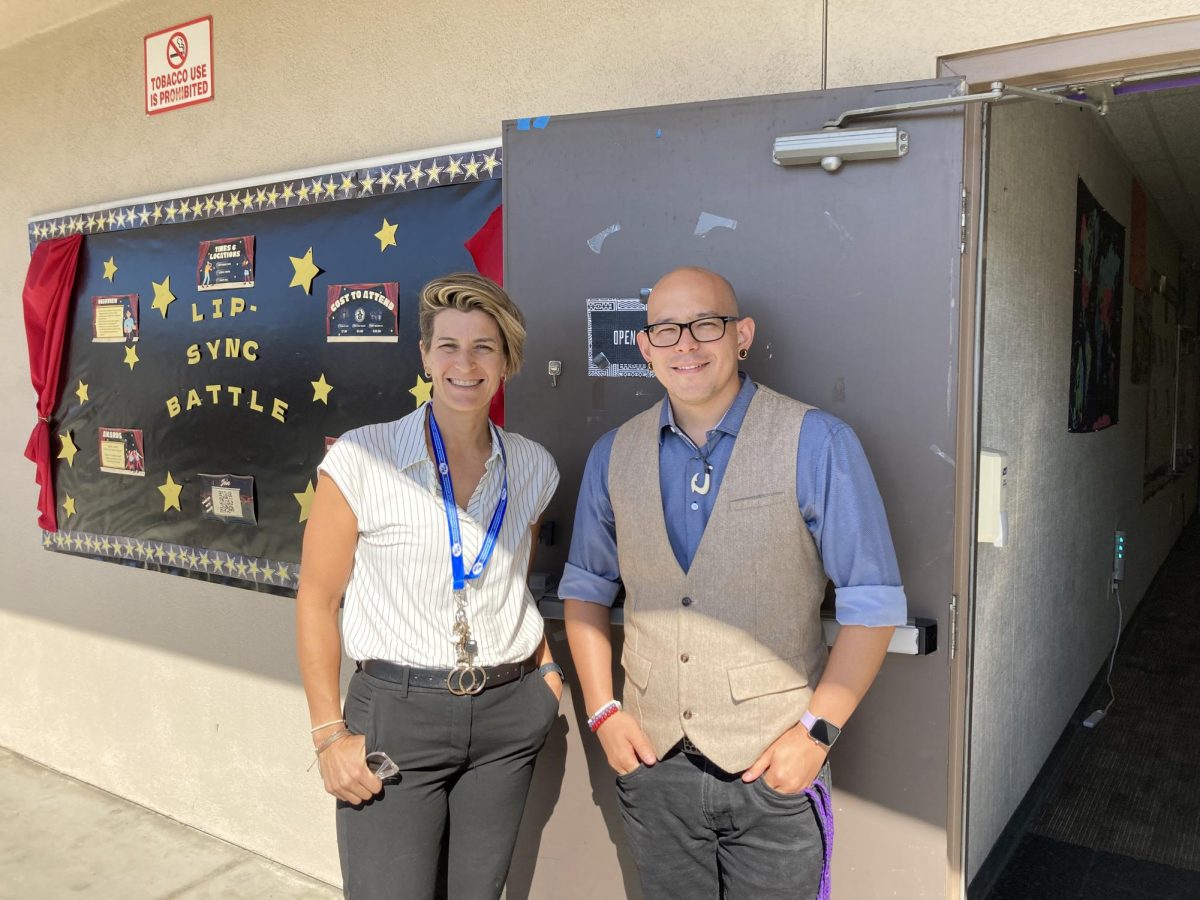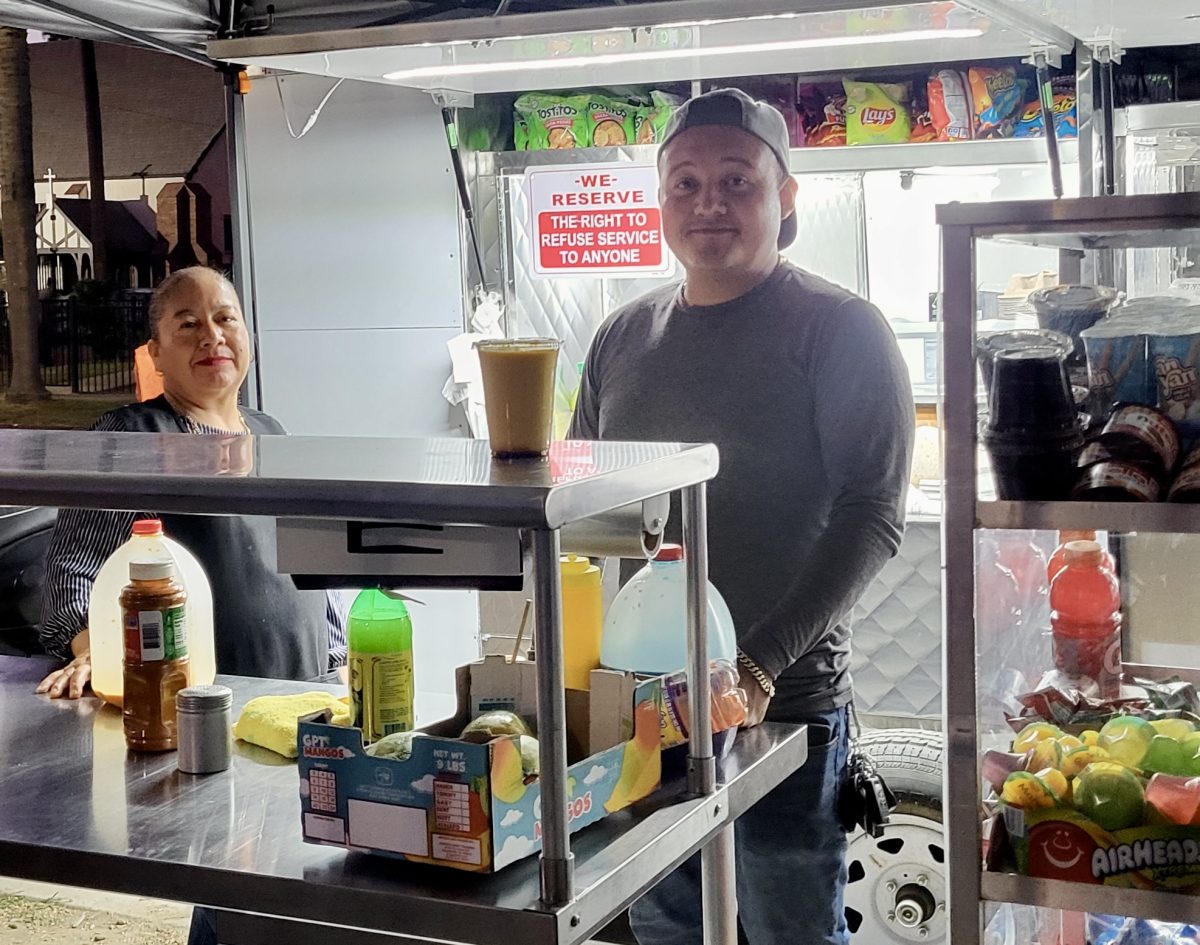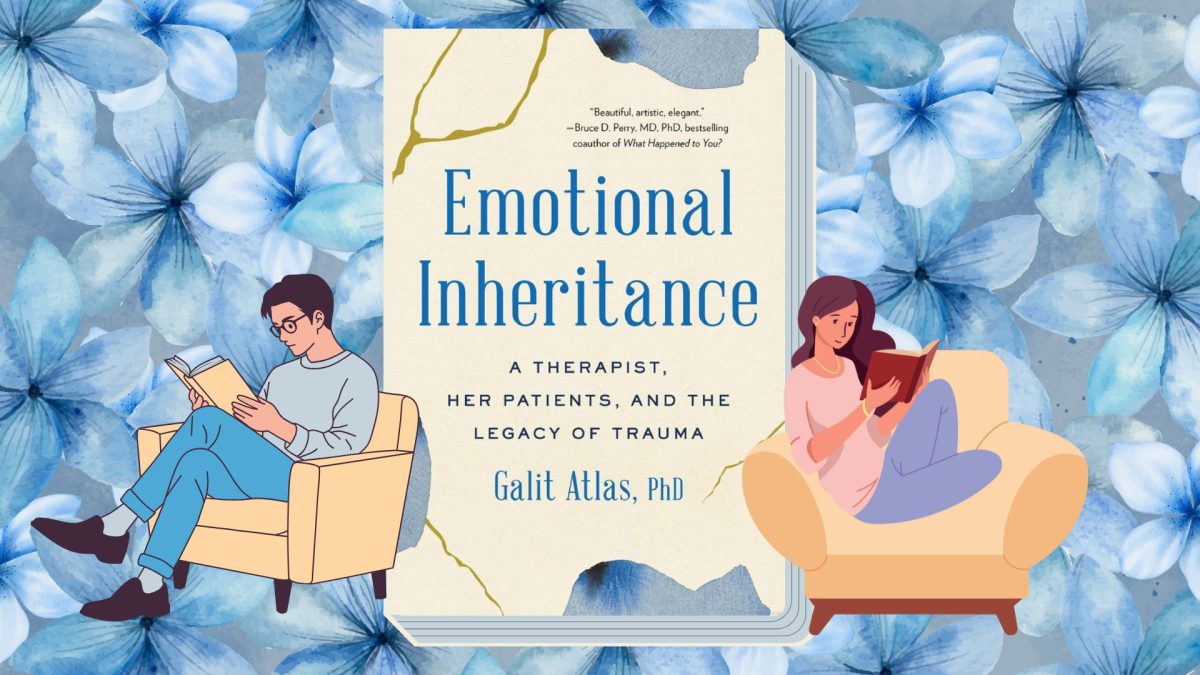You’re walking into the restroom in a rush to change your pad and get yourself settled only to realize you don’t have another one to use at your disposal. Luckily, in the restroom, there is a dispenser system that gives free pads and tampons. You take a pad; open it up—it’s quite small. You take a tampon, again it doesn’t seem like it’ll hold your heavy flow since it’s small. Guess you’ll just have to suck it up and use one or the other or even both and hope you don’t end up bleeding through your pants.
This statement in itself shouldn’t be true, but sadly it is. According to UNICEF, there are approximately over 20 million adolescent girls, making up 12 percent of the population in the United States from the ages of 10-19. Most of these girls will get their first period between the ages of 10 and 15 years old, the average being 12 years old. A girl’s period can last about five days on average but might last longer or shorter, according to KidsHealth. Frankly, the period products that are provided at MCHS do support those with light flows, but not those with heavy ones. It is said by the National Institutes of Health, that about nine to 14 out of 100 women have heavy periods. With that being said, there needs to be a larger variety of female hygiene products within high school restrooms.
Before the year 2021, menstrual products at some California high schools, not all, would be provided. Assembly Bill No.10, which was approved on October 12, 2017, made it mandatory for Title 1 schools to stock feminine hygiene products.
Sophomore Nicole Ventura didn’t have period products provided at their elementary school and middle school at the time.
“I don’t know what a Title I school is but all I know is that my school did not have feminine hygiene products at all,” Ventura said.
With that being said it was a great first step towards the problem of there being only one slight problem in the process occurring in California.
Not all California schools offer free menstrual products. For some, there is a dispenser for these products with a price tag of 25 cents and sometimes 50 cents for a pad or tampon. This would be quite an inconvenience if you only carry around a card, or if you do have money, but only have dollar bills instead of coins.
Sophomore Karen Valle came face-to-face with this type of situation.
“There was a time in a public bathroom that I went to go change my pad but I didn’t bring any with me so I went to go see if there was any in the restroom. When I checked I saw that there was a pretty stock of feminine wipes but I had to pay in coins, however, I don’t carry coins with me,” Valle said.
The Menstrual Equity for All Act passed in October 2021, but the law itself didn’t go into effect until July 2022. The Menstrual Equity for All Act required all California public schools and even colleges to provide free menstrual products to their students. This was a much-needed improvement from the last law which didn’t provide free menstrual products to all California schools.
The Act was the second step for all schools to be able to have free menstrual products, yet again there was still a flaw; the sizes of these products don’t fit all. The most probable final step towards this situation is for there to be another modification, by having a wider variety of menstrual products being provided at schools.
A growing awareness of different kinds of menstrual experiences has been seen in the transition towards a wider variety of menstrual products in schools. By recognizing that not all individuals are the same, this modification aims to provide students with the option to select alternatives that meet their own personal comfort and menstrual flow needs. By providing a variety of pads and tampons, schools can help create a more supportive environment that promotes diversity and understanding. Additionally, by addressing practical needs as well as menstruation-related beliefs, this initiative encourages a healthier and more open discussion in educational settings.


































